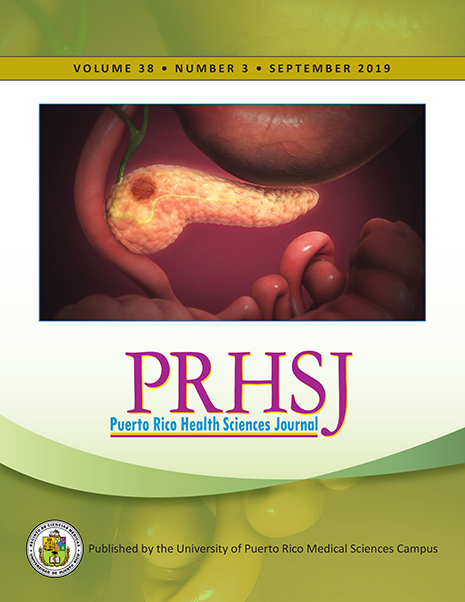Abstract
Objective: Skin biomechanics are physical properties that protect the body from injury. Little is known about differences in skin biomechanics in racial/ethnic groups and the role of skin color in these differences. The purpose of this study was to determine the relationship between skin biomechanics (viscoelasticity, hydration) and skin color, when controlling for demographic and health-related variables in a sample of Puerto Rican and non-Puerto Rican women. Methods: We performed a secondary analysis of data from 545 women in a longitudinal, observational study of skin injury in Puerto Rico and the United States. Data included measures of skin viscoelasticity, skin hydration, skin color, demographic, and health related variables. Skin color was measured by spectrophotometry (L* - lightness/darkness, a*- redness/greenness, b* - yellowness/blueness). The sample was 12.5% Puerto Rican, 27.3% non-Puerto Rican Latina, 28.8% Black, 28.6% White, and 2.8% Other. Results: Regression analyses showed that: 1) higher levels of skin viscoelasticity were associated with lower age, higher BMI, and identifying as non-Puerto Rican Latina as compared to Puerto Rican; (all p < .001); and 2) higher levels of hydration were associated with lower L* values, higher health status, lower BMI, and identifying as non-Puerto Rican Latina, White, or Other as compared to Puerto Rican (all p < .05). Conclusion: When adjusting for skin color, Puerto Rican women had lower viscoelasticity and hydration as compared to other groups. Puerto Rican women may be at long-term risk for skin alterations, including pressure injury, as they age or become chronically ill.
Authors who publish with this journal agree to the following terms:
a. Authors retain copyright and grant the journal right of first publication with the work simultaneously licensed under a Creative Commons Attribution License that allows others to share the work with an acknowledgement of the work's authorship and initial publication in this journal.
b. Authors are able to enter into separate, additional contractual arrangements for the non-exclusive distribution of the journal's published version of the work (e.g., post it to an institutional repository or publish it in a book), with an acknowledgement of its initial publication in this journal.
c. Authors are permitted and encouraged to post their work online (e.g., in institutional repositories or on their website) prior to and during the submission process, as it can lead to productive exchanges, as well as earlier and greater citation of published work (See The Effect of Open Access).
